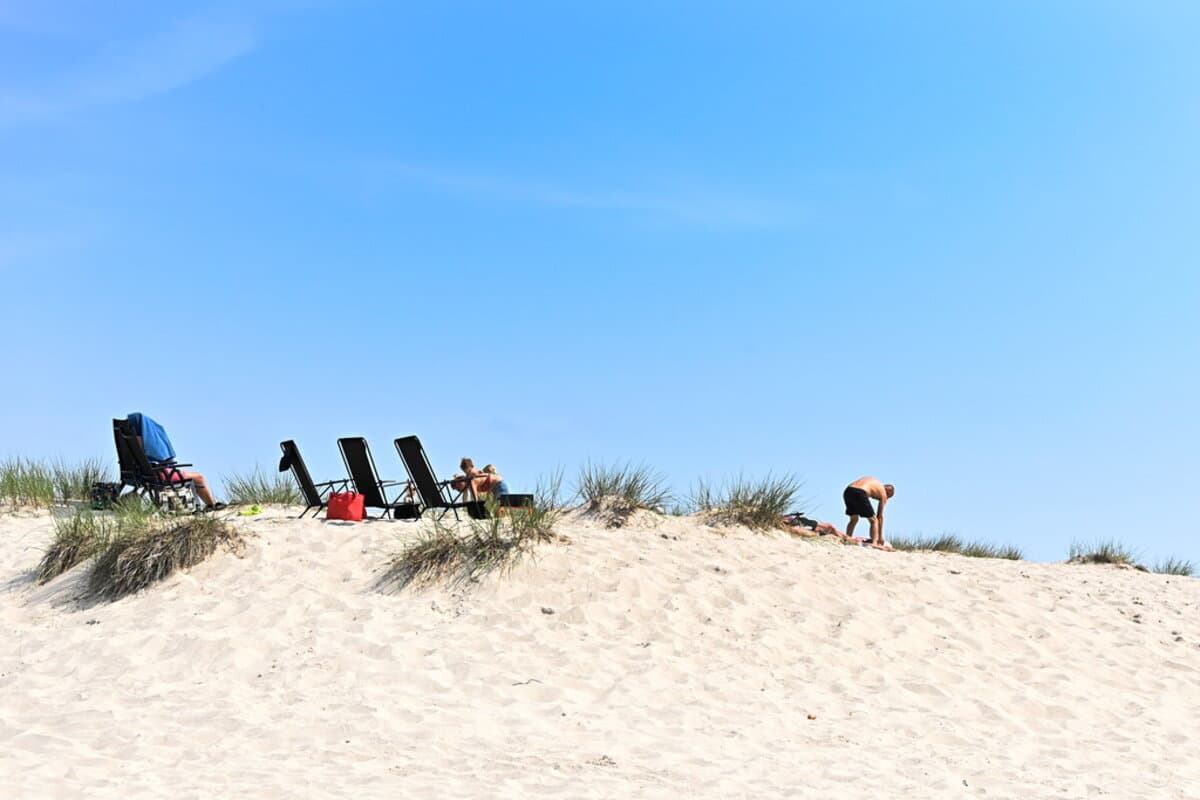The decrease is seen in the age group under 50 years, and it is most pronounced among people between 30 and 40 years. This follows several decades of steadily increasing incidence of malignant melanoma. A review of Swedish data shows that fewer people between 20 and 50 are now getting malignant melanoma, and a clear turning point is seen around 2015.
The results have been published in the journal Jama Dermatology, and according to Hildur Helgadottir, who led the study, this is the first time a decrease has been reported in a European country. The study, supported by the Cancer Foundation, is based on national registers with all diagnosed melanomas in Sweden from 1990.
Children are better protected
Although the study has not investigated the causes of the decrease, it is, according to her, a logical consequence of our being better at protecting, above all, children from the sun since the 1990s. Then came campaigns like "Sola Säkert" and knowledge of the risks increased.
Before that, it wasn't so careful, the risks weren't so well-known. In the 1970s and 1980s, it was quite natural for children to get sunburned, get blisters, and peel. We don't see that today, she says.
The largest decrease is seen among women under 40, where the average annual decrease has been 5.2 percent since 2015.
However, in the age group 50 to 60, skin cancer cases are still increasing, just like among those over 60. In 2022, 5,257 people got malignant melanoma, and although treatments are becoming increasingly effective, spread melanoma is still often an incurable disease.
Depends on the young
If the downward trend continues, it depends on how today's young adults sunbathe and whether they continue to protect themselves with clothing and sunscreen.
We see that there are trends to go out in the sun when it's strong and to use apps with UV indexes to maximize sunburn. This is really not recommended and increases the risk of sunburn and, in the long run, developing skin cancer, says Hildur Helgadottir.
In an unusually warm and sunny September, it's easy to forget that even autumn offers strong UV radiation and that there is still a risk of sunburn.
From April to September, the sun can be strong, and you should be careful.
Beyond increased knowledge of the harmful effects of UV radiation, researchers point to other explanations that may lie behind the decrease in skin cancer cases.
Access to tanning beds has decreased drastically. Since 2018, there has been an 18-year age limit on tanning beds, but the number of public tanning beds decreased long before that.
Mobile phones and computer gaming make children and young people sit more indoors and are not exposed to sunlight, which may be a factor that influences.
Immigration has led to more individuals in Sweden with darker pigmentation who tolerate the sun better, which may be a partial factor.
Source: Hildur Helgadottir et al.
UV index is a measure of the UV radiation from the sun that reaches the earth and causes sunburn.
A high UV index means that the UV radiation is strong, and you should use sunscreen. UV index is usually highest at midday.
It is important for most people to protect themselves in the sun when the UV index is 3 or higher.
In Sweden, the UV index is highest during the summer between 11 am and 3 pm. Then, the UV index can range from 4 to 7.
Source: The Swedish Radiation Safety Authority





